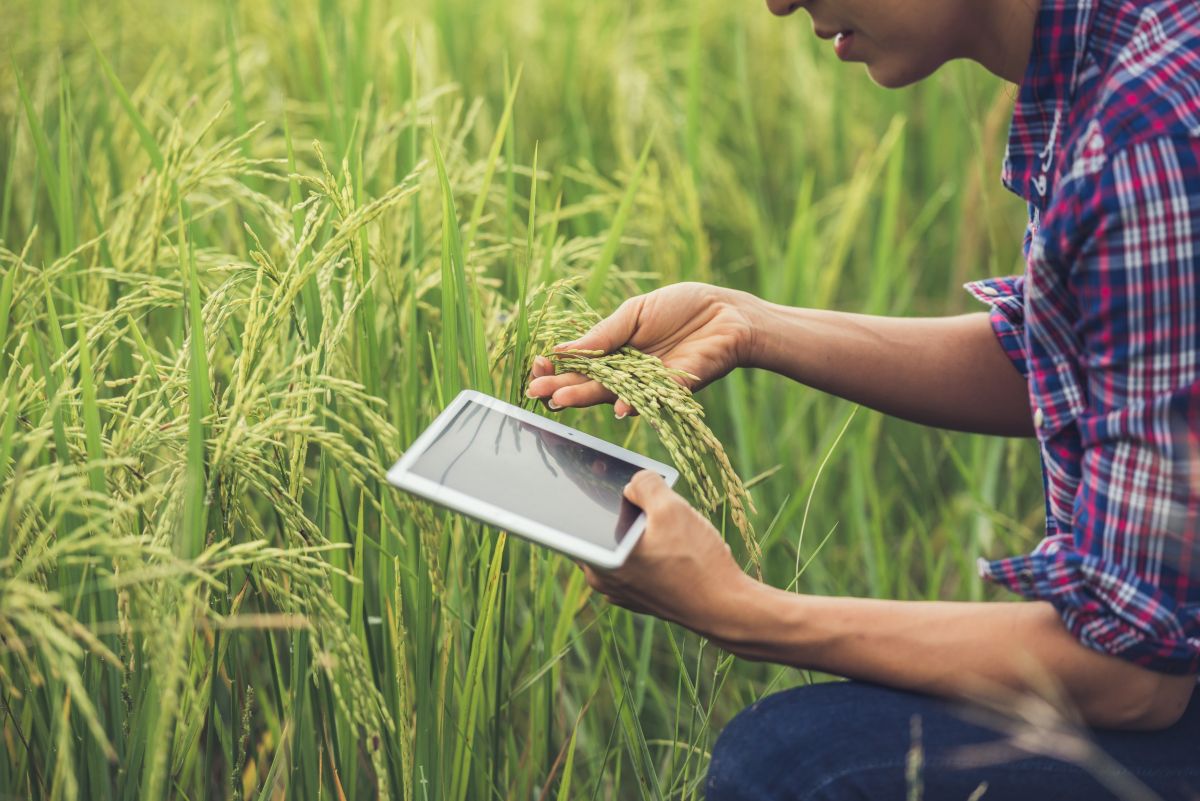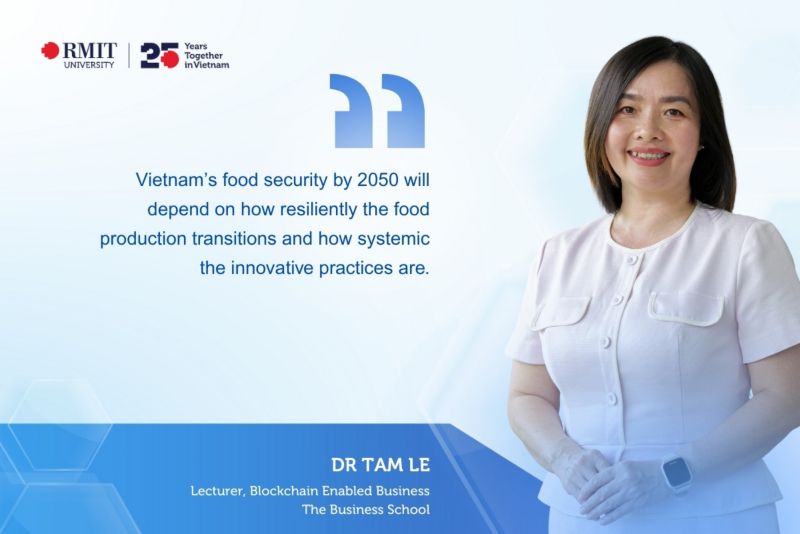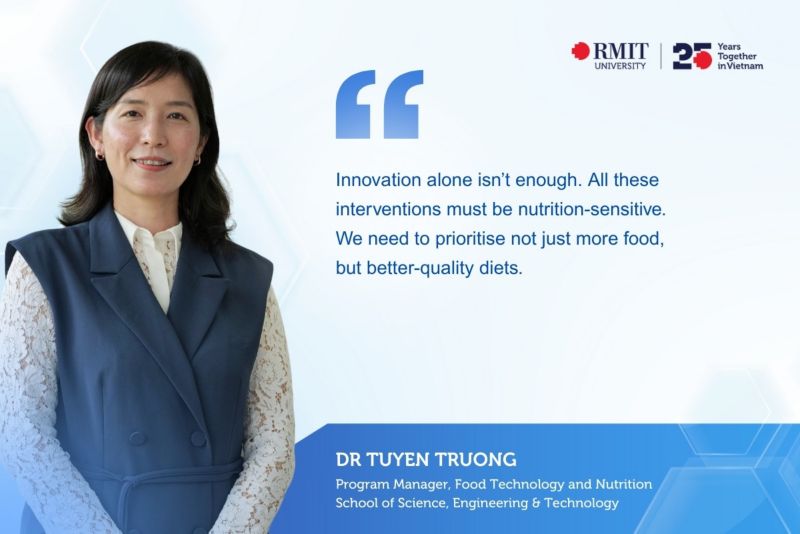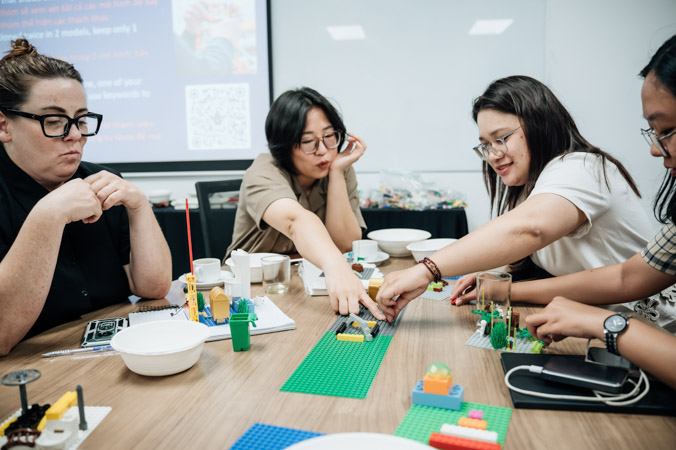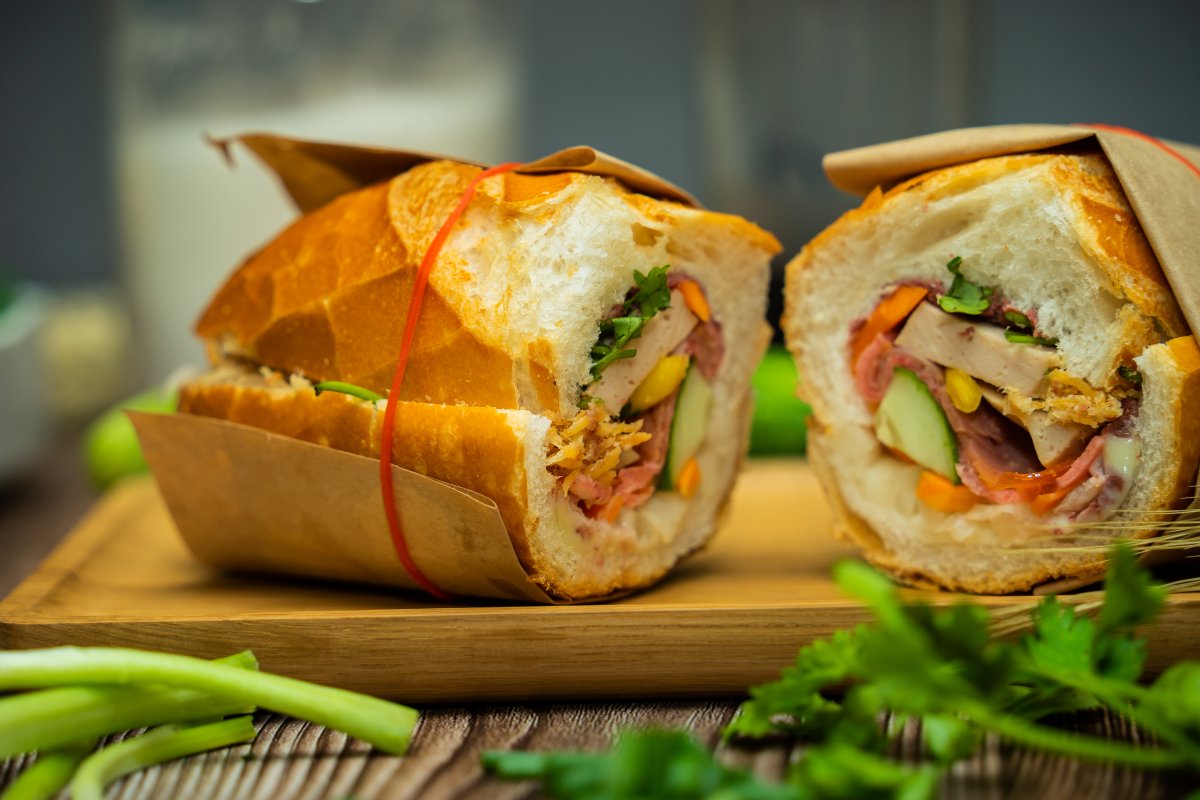Vietnam has, in fact, made important strides in adopting science-based, climate-smart solutions in recent years.
One notable government commitment is the One Million Hectares program – a plan to establish low-emission, high-quality rice production in the Mekong Delta by 2030. This includes the use of alternate wetting and drying – irrigation, which can reduce methane emissions from rice fields by up to 50 per cent.
Low-carbon supply chains are emerging for crops like dragon fruit and seafood. In the livestock sector, smallholder farmers are using biogas digesters to turn waste into clean energy, reducing emissions and improving sanitation.
Farmers are also adopting integrated rice-shrimp systems and switching to salt- and drought-tolerant crop varieties, which offer both economic and environmental benefits. “These practices enhance adaptive capacity in salinity-affected areas while improving farmer incomes,” Dr Tuyen said.
What the future holds
Food security is not just about availability – it’s about accessibility, safety, quality, and resilience. Looking ahead, the RMIT lecturers believe advanced technologies will play a key role.
AI-powered precision farming, blockchain-based food traceability, and real-time climate risk analytics offer major potential.
Emerging alternatives such as microalgae- and insect-based feed, or even cellular agriculture could also reduce pressure on traditional protein sources while supporting nutrition and sustainability goals.
But innovation alone isn’t enough. “All these interventions must be nutrition-sensitive. We need to prioritise not just more food, but better-quality diets,” Dr Tuyen added.
In addition, ensuring equity and inclusion will be important. This means providing access to technologies, knowledge, and decision-making for women, youth, and smallholders.

